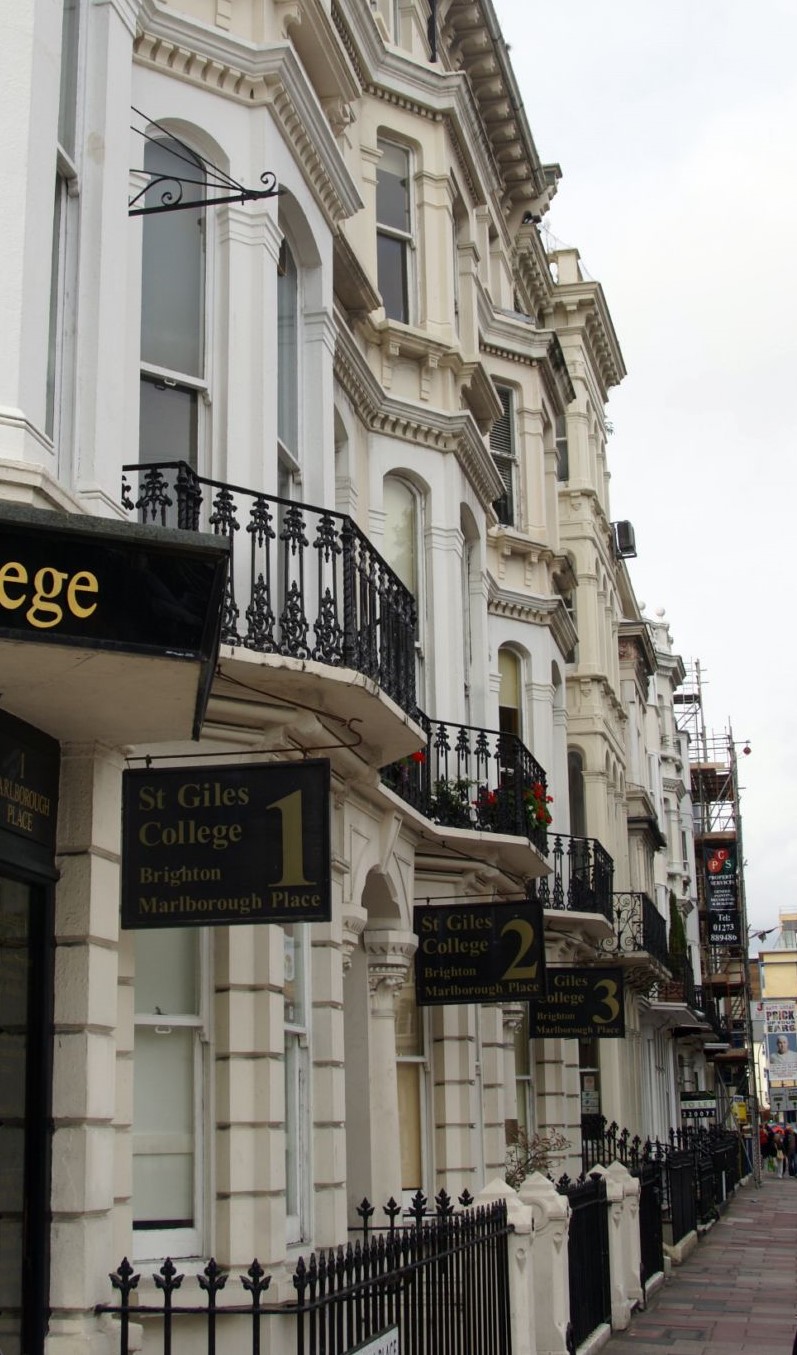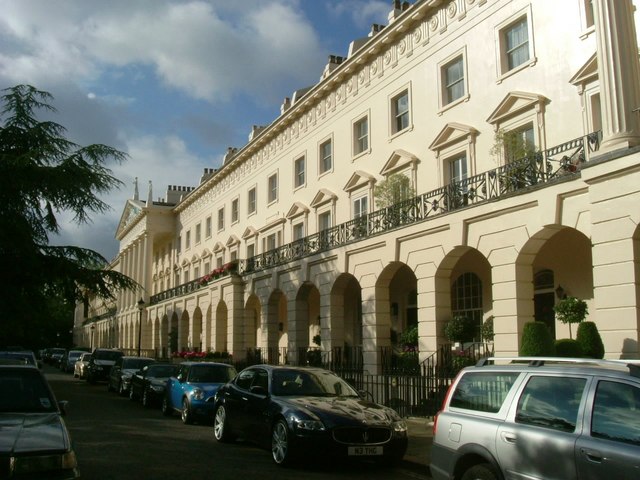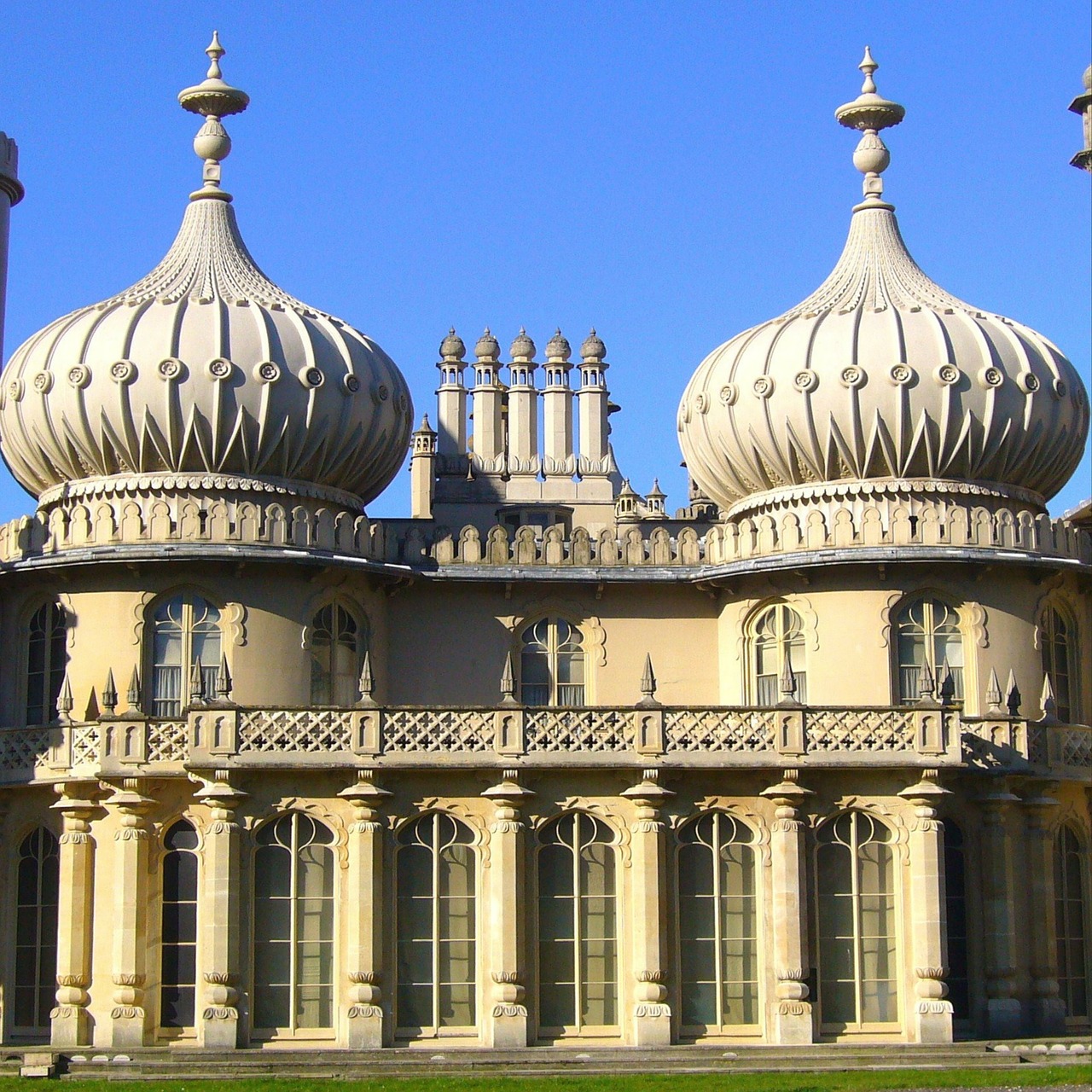Regency style
John Nash designed these Regency style row houses inside Regent's Park at Hanover Terrace.
Contents |
[edit] Introduction
Regency style is associated with the Regency era (1811 - 1820) which officially took place during King George III’s mental illness. This was the period when George IV was acting as Prince Regent in the United Kingdom.
One of the main influencing factors of the Regency style was the UK’s involvement in the Napoleonic Wars, which brought about shortages of some traditional building materials and high taxes on others. This reduced construction throughout the country up until victory at Waterloo in 1815. Much of the Regency architecture was built after this period using materials that had been adopted during the shortages.
Regency style is sometimes considered a progression, or part of, the Georgian period (which is generally considered to have begun in 1714 and lasted until approximately 1837).
As an aesthetic movement, Regency style refers not only to architecture but also other forms of design. This includes home furnishings (such as wallpaper, textiles furnishings and other aspects of the decorative arts) as well as painting and even clothing styles.
[edit] Classical revival
One form of Regency style architecture was distinguished by its late-Georgian treatment of classical revival architecture. Described as refined elegance, Regency architecture of the neoclassical style incorporates the simple symmetrical proportions and elements of Greek and Roman architecture.
While many Regency buildings served religious, educational, business and other official purposes, the style is also associated with upper and middle class housing of the period. During the Regency period homes were often brick constructions with the addition of decorative features. This is what separated them from their Georgian counterparts, which generally lacked ornamentation and had flat facades with windows and doors set back from the frontage.
Regency row houses (or terraced houses) built during this period became very popular, featuring symmetrical proportions and flat or shallow roofs. 
In Brighton, these Regency style townhouses are located on Marlborough Place.
Individual residences often had columns adjacent to the front door, which was topped by a fan window. The rows of houses were sometimes configured in the shape of a crescent and incorporated other elements of classical architecture at the entrance to the row.
Some typical neoclassical Regency style homes had tall, thin windows with small panes of glass. Some windows (particularly those facing onto the garden) extended all the way to the ground. Other homes had curved bow windows with simple proportions.
Balconies were another common feature of Regency homes. They were often made from fine ironwork, featuring delicate curves that harmonised the simple classical lines of the columns and windows.
[edit] Evolving Regency styles
Regency style later diverged from the classical approach into other stylistic revivals, including medieval (which was also referred to as Gothic Revival and lasted well into the Victorian period), Indian, Chinese and other international influences. These interpretations were adorned with fanciful columns, moulded cornices and other decorative elements made from modern materials, such as stucco or plaster instead of stone, strengthened with iron reinforcements.
This departure served as an exotic and eclectic contrast to the formality of the neoclassical approach and was incorporated into country homes associated with the picturesque and romantic movement in architecture, reflecting the public's taste for buildings inspired by medieval design and association with nature.
This style was promoted as an appropriate design for rural settings, with its complex and irregular shapes and forms fitting well into the natural landscape. Thus, the Gothic Revival Regency style was often chosen for country homes and houses in rural or small town settings.
[edit] John Nash and the Regency stye
John Nash was one of the leading architects of the Regency style. Nash (1752-1835) had a long and varied career which reached its pinnacle under the patronage of the Prince Regent (later King George IV).
Nash reinterpreted the Georgian style Royal Crescent of Bath for his creation of Regent’s Park and Regent Street (1811 onward) to produce what is considered a masterful combination of freedom and formality in the neoclassical adaptation of the Regency style.
At the other end of the Regency spectrum is the Royal Brighton Pavilion, which Nash worked on from 1815 to 1822. With Indian and Chinese influences and extravagant decorative interiors, the Pavilion epitomises the departure from the classical revival and the emergence of the more fanciful interpretation of the Regency style.
Designed by John Nash, the palace is in the middle of Brighton, and is striking for its Indo-Islamic exterior.
[edit] Related articles on Designing Buildings Wiki
Featured articles and news
The 5 elements of seiri, seiton, seiso, seiketsu and shitsuke.
Shading for housing, a design guide
A look back at embedding a new culture of shading.
The Architectural Technology Awards
The AT Awards 2025 are open for entries!
ECA Blueprint for Electrification
The 'mosaic of interconnected challenges' and how to deliver the UK’s Transition to Clean Power.
Grenfell Tower Principal Contractor Award notice
Tower repair and maintenance contractor announced as demolition contractor.
Passivhaus social homes benefit from heat pump service
Sixteen new homes designed and built to achieve Passivhaus constructed in Dumfries & Galloway.
CABE Publishes Results of 2025 Building Control Survey
Concern over lack of understanding of how roles have changed since the introduction of the BSA 2022.
British Architectural Sculpture 1851-1951
A rich heritage of decorative and figurative sculpture. Book review.
A programme to tackle the lack of diversity.
Independent Building Control review panel
Five members of the newly established, Grenfell Tower Inquiry recommended, panel appointed.
Welsh Recharging Electrical Skills Charter progresses
ECA progressing on the ‘asks’ of the Recharging Electrical Skills Charter at the Senedd in Wales.
A brief history from 1890s to 2020s.
CIOB and CORBON combine forces
To elevate professional standards in Nigeria’s construction industry.
Amendment to the GB Energy Bill welcomed by ECA
Move prevents nationally-owned energy company from investing in solar panels produced by modern slavery.
Gregor Harvie argues that AI is state-sanctioned theft of IP.
Experimental AI housing target help for councils
Experimental AI could help councils meet housing targets by digitising records.
BSRIA Occupant Wellbeing survey BOW
Occupant satisfaction and wellbeing tool inc. physical environment, indoor facilities, functionality and accessibility.

























